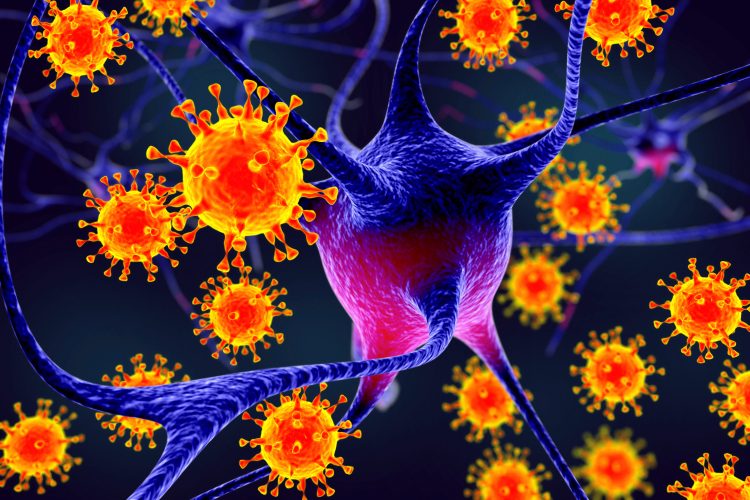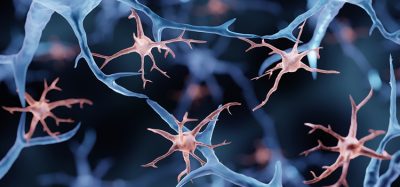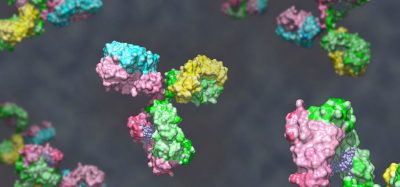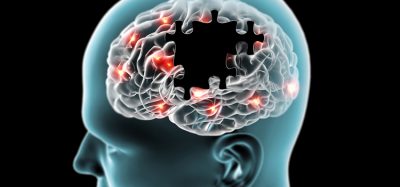Researchers find microglia are key to protecting brain from viral infection
Posted: 8 June 2020 | Hannah Balfour (Drug Target Review) | No comments yet
The team found microglia and CD8 T cells were vital to protecting neurons from vesicular stomatitis virus (VSV) infection and suggest loss of taste and smell in COVID-19 could be due to a certain mechanism of infection.


Scientists have identified which immune system cells are implicated in protecting the olfactory bulb from viral infection. Their experiment explored the vesicular stomatitis virus (VSV) infection; however, the researchers suggest the findings could also have implications for COVID-19.
Neurons in the nose respond to inhaled odours and send this information to a region of the brain referred called the olfactory bulb. Although the location of nasal neurons and their exposure to the outside environment should make them an easy target for infection by airborne viruses, viral respiratory infections rarely make their way from the olfactory bulb to the rest of the brain, where they could cause potentially fatal encephalitis.
Researchers at the National Institute of Neurological Disorders and Stroke (NINDS), a part of the National Institutes of Health (NIH), used special VSV that can be tracked with fluorescent microscopy to demonstrate that viral infections that started in the nose were halted before they could spread from the olfactory bulb to the rest of the central nervous system.
“Airborne viruses challenge our immune system all the time, but rarely do we see viral infections leading to neurological conditions,” said study leader, Dr Dorian McGavern, senior investigator at NINDS. “This means that the immune system within this area has to be remarkably good at protecting the brain.”
Additional experiments showed that microglia, central nervous system (CNS) immune cells that clear cellular debris and dead cell material, took up viral particles from their surroundings and from neurons, then presented viral proteins to the immune system to drive a response. Microglia, which can regenerate, engaged the immune system instead of the neurons. This process limits the damage to neurons themselves, which is critical because most neuronal populations cannot be regenerated.
Alongside microglia, Dr McGavern and colleagues identified that CD8 T cells were important in defending the brain from infection through a different pathway. When airborne viruses are inhaled, they travel through the nasal passages and interact with a tissue called the olfactory epithelium, which is responsible for our sense of smell. Neurons at the edge of the olfactory system extend small projections through the bone lining the nasal cavity. These projections enter the brain, giving it access to odours present in the air, but also offer a way for viruses to bypass traditional CNS barriers, providing a direct pathway to the brain.
“If a virus infects the processes of neurons that dangle within the airway, there is a chance for this virus to enter the brain, and ultimately cause encephalitis or meningitis,” said Dr McGavern. “We are interested in understanding immune responses that develop at the interface between nasal olfactory neurons, which end in the olfactory bulb, and the rest of the brain.”
Using advanced microscopy, the group watched in real time how CD8 T cells protected the brain from a nasal virus infection; CD8 T cells did not interact directly with neurons, instead they engaged microglia presenting the viral material. The T cells then respond by releasing antiviral molecules that clear the virus from neurons in a way that does not kill the cells.
“The immune system has developed strategies to favour the preservation of neurons at all costs,” said Dr McGavern. “Here, we show that microglia can ‘take the blow’ from neurons by engaging T cells, which then allows the antiviral program to play out.”
Dr McGavern noted that, with regards to COVID-19, some of the symptoms the disease produces suggest that the same mechanism (described here for VSV) could be at play: “One of the interesting symptoms associated with infection by novel coronavirus is that many people lose their sense of smell and taste. This suggests that the virus is not only a respiratory pathogen, but likely targets or disrupts olfactory sensory neurons as well.”
It is important to note that widespread infection of the olfactory sensory neurons, whether by the novel coronavirus, the virus used in this study, or any other similar virus, will likely disrupt our sense of smell. However, unlike other neurons in the central nervous system, these sensory neurons that begin in the nose and end in the brain are capable of regenerating after an infection is cleared.
“The immune response we describe does not protect olfactory sensory neurons nor the sense of smell,” explained Dr McGavern. “This is not necessarily a long-term issue, because those sensory neurons can be replaced once the virus is dealt with. What is critical is to protect the brain and central nervous system from encephalitis or meningitis – our sense of smell can often be repaired over time.”
Dr McGavern concluded that, given the importance of microglia in stimulating the antiviral response, factors that can lead to their depletion or loss of function could increase susceptibility to CNS infection.
The study was published in Science Immunology.
Related topics
Analytical Techniques, Disease Research, Immunology, Microscopy, Neurons, Neuroprotection, Neurosciences, Protein, Protein Expression
Related conditions
Coronavirus, Covid-19, vesicular stomatitis virus (VSV), viral infections
Related organisations
US National Institute of Neurological Disorders and Stroke (NINDS), US National Institutes of Health (NIH)
Related people
Dr Dorian McGavern








